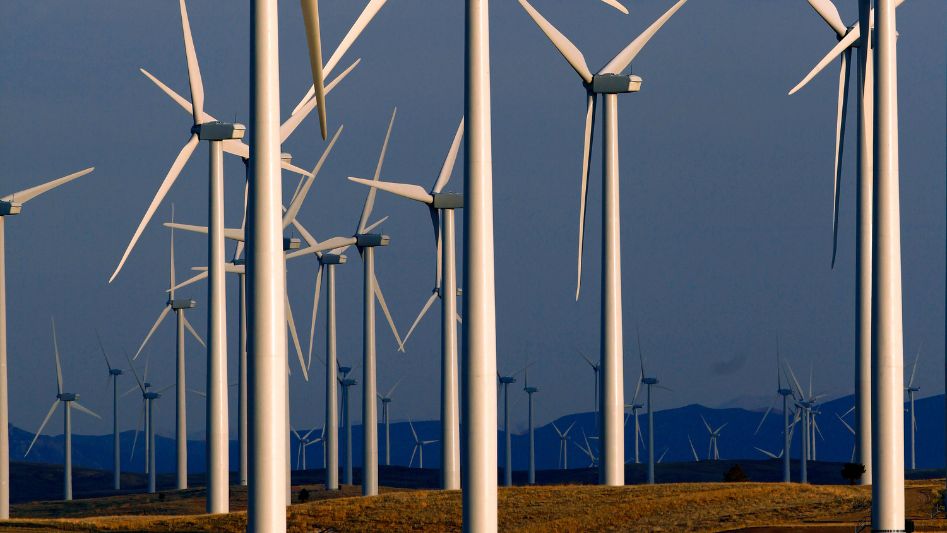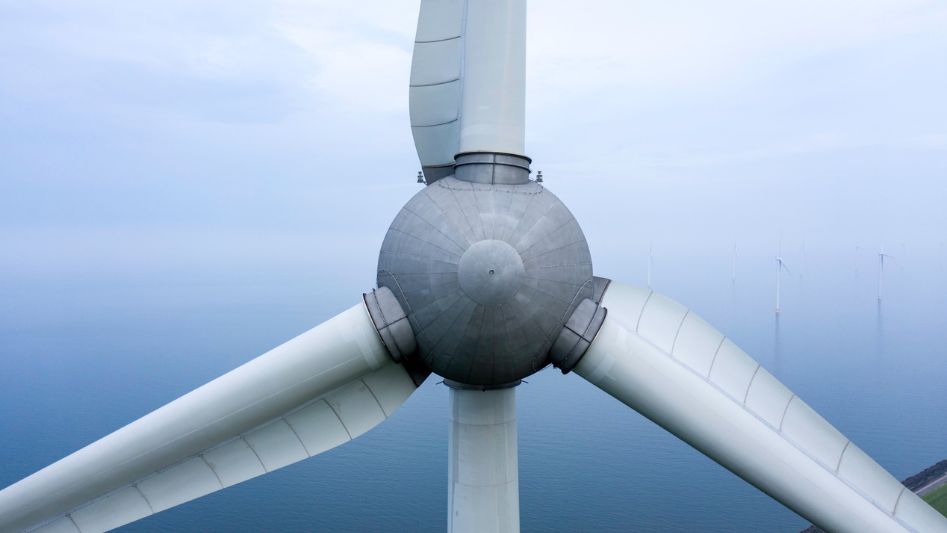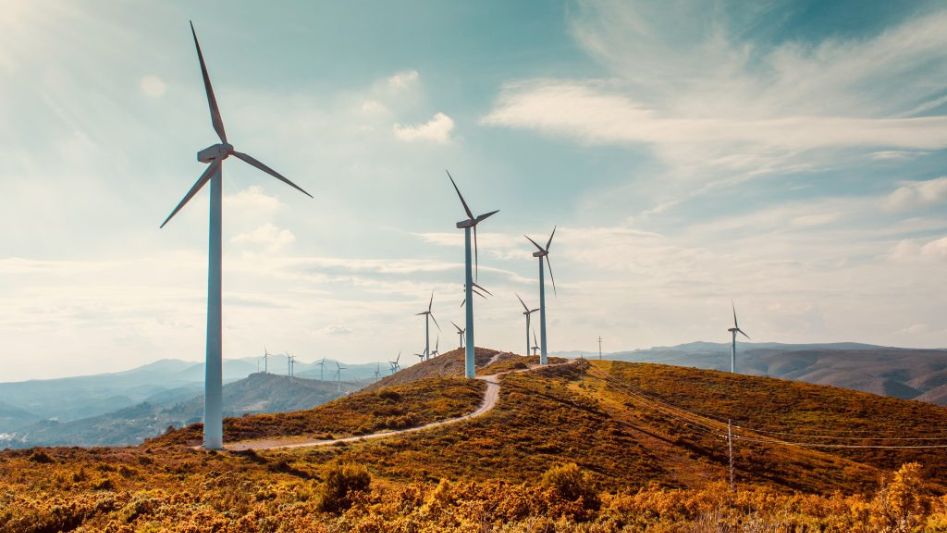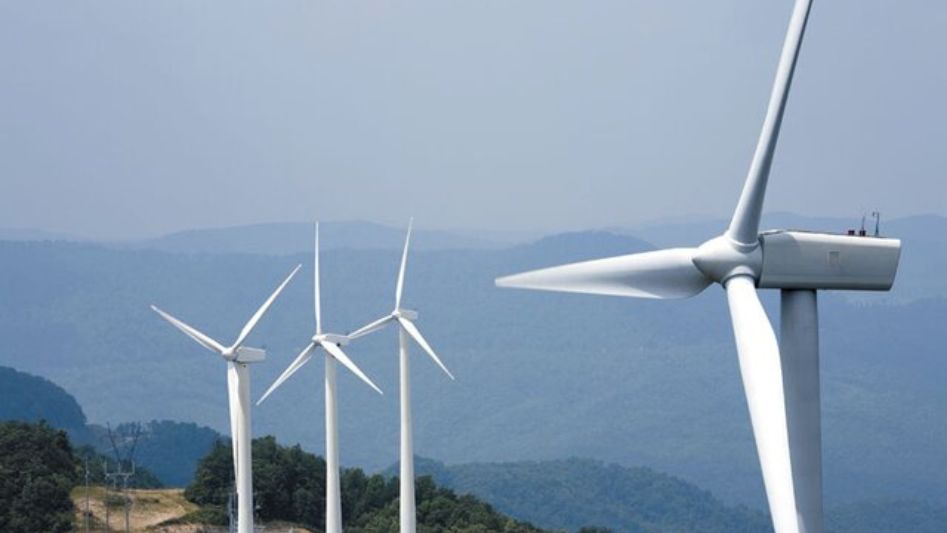Modern wind energy production plays a pivotal role in addressing climate change and reducing our carbon footprint. However, like any burgeoning industry, it encounters a range of challenges that require ingenious solutions. From harnessing wind power efficiently to mitigating environmental impacts, the wind energy sector navigates complex territory. Let’s explore the key challenges and the strategies being employed to tackle them head-on.
Table Of Content
We invite you to read: “Solar Panels vs. Wind Turbines: Which Renewable Energy Source Wins?”

Harnessing Erratic Wind Patterns
One of the primary challenges in modern wind energy production is the unpredictable nature of wind patterns. Wind turbines rely on consistent wind speeds to generate electricity optimally. However, wind patterns are inherently erratic, leading to fluctuations in energy output. To address this, researchers are developing advanced forecasting models that leverage data analytics and meteorological insights. By predicting wind patterns with greater accuracy, operators can better manage energy production and distribution.
Balancing Supply and Demand
Matching energy supply with demand is a perpetual struggle in the renewable energy sector. Wind energy’s intermittent nature poses challenges in maintaining a steady power supply to the grid. To address this, energy storage solutions are being integrated into wind farms. Cutting-edge battery technologies store excess energy during high-wind periods and release it during low-wind times, ensuring a consistent energy flow to consumers.
Impact on Wildlife
The expansion of wind farms has raised concerns about their impact on local wildlife, particularly avian species and bats. To mitigate these concerns, researchers are collaborating on innovative solutions. These include optimizing turbine designs to reduce bird collisions, placing wind farms away from migratory routes, and employing ultrasonic deterrents to discourage bats from entering turbine zones.
Infrastructure and Maintenance
Maintaining wind turbines, often situated in remote or offshore locations, presents logistical challenges. Technicians must contend with adverse weather conditions and challenging access routes. One solution gaining traction is the use of drones for inspections and maintenance. Drones equipped with cameras and sensors can perform visual assessments and identify issues, streamlining maintenance efforts and minimizing downtime.
Community Engagement and Acceptance
While wind energy is environmentally friendly, its implementation can sometimes face opposition from local communities due to aesthetic and noise concerns. To foster community acceptance, developers are focusing on transparent communication and community engagement. Town hall meetings, open forums, and clear visualizations of proposed projects help address concerns and gather valuable feedback.
Grid Integration
Integrating wind energy into existing power grids poses technical challenges. Wind energy is inherently variable, which can destabilize grids designed for consistent power inputs. Advanced grid management systems are being deployed to seamlessly incorporate wind energy, using real-time data to balance supply and demand and ensure grid stability.
We invite you to read: “Economic Winds of Change: How Wind Turbines and Solar Panels Affect Local Economies”

Economic Viability
The initial investment required for setting up wind farms can be substantial. However, advancements in technology and economies of scale are gradually reducing costs. Governments around the world are also offering incentives such as tax credits and subsidies to encourage further adoption of wind energy. This, coupled with falling equipment costs, is enhancing wind energy’s economic viability.
Noise Pollution
Wind turbines generate noise during operation, which can lead to noise pollution concerns, especially for communities located in close proximity to wind farms. Engineers are continuously working on refining turbine designs to minimize noise emissions. Additionally, siting turbines in areas with lower population densities helps mitigate the impact of noise on nearby residents.
Maintaining Efficiency in Harsh Conditions
Wind turbines often operate in challenging environments, from deserts to offshore locations. These conditions can lead to wear and tear, affecting their efficiency and lifespan. Robust turbine designs and advanced materials are being developed to withstand harsh conditions and ensure consistent performance over time.
Training and Skilled Workforce
The wind energy sector requires a skilled workforce capable of handling installation, maintenance, and troubleshooting. However, the rapid growth of the industry has created a shortage of qualified personnel. To address this, vocational training programs and educational initiatives are being launched to equip workers with the necessary skills.
We invite you to read: “Future-Proofing Energy: The Role of Wind Turbines and Solar Panels in Climate Resilience”

Conclusion
The challenges within modern wind energy production are varied and complex, reflecting the dynamism of the sector itself. However, the industry’s relentless pursuit of innovative solutions underscores its commitment to a cleaner and more sustainable energy future. By harnessing advancements in technology, collaborating with experts, and engaging local communities, the wind energy sector is well-positioned to overcome these challenges and pave the way for a greener planet.
FAQs
Are wind energy production challenges similar worldwide?
While some challenges are universal, factors like geography, regulations, and local conditions can influence the specific challenges faced by wind energy projects in different regions.
How do battery storage solutions enhance wind energy production?
Battery storage systems store excess energy produced during peak wind periods, releasing it when wind speeds are low. This ensures a steady and reliable energy supply.
What role do governments play in overcoming challenges in wind energy production?
Governments provide incentives, subsidies, and regulatory frameworks that encourage the adoption of wind energy, thereby addressing economic and logistical challenges.
Are there any environmental benefits associated with wind energy solutions?
Yes, wind energy production is a clean and renewable source of power, reducing greenhouse gas emissions and dependency on fossil fuels.
You May Also Like
- Wind Turbines of Tomorrow: Innovations and Future Prospects
- The Future is Wind-Powered: Advancements in Wind Turbine Technology
- Wind Power and the Environment: A Marriage for a Sustainable Future
- From Wind to Watts: Understanding the Science Behind Wind Turbines
- Sailing Towards a Greener Future: The Winds of Change in Energy

